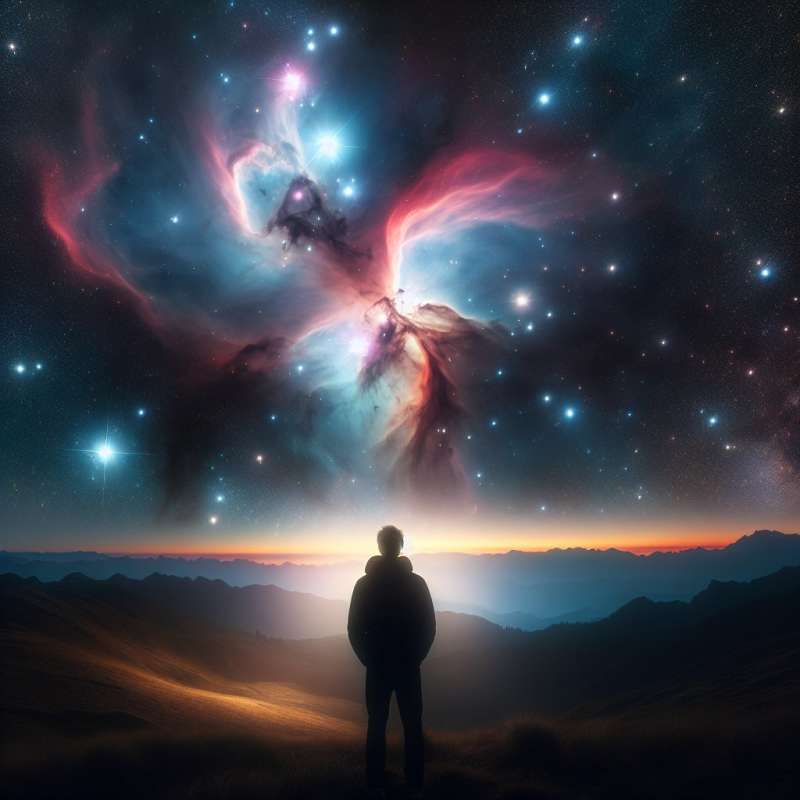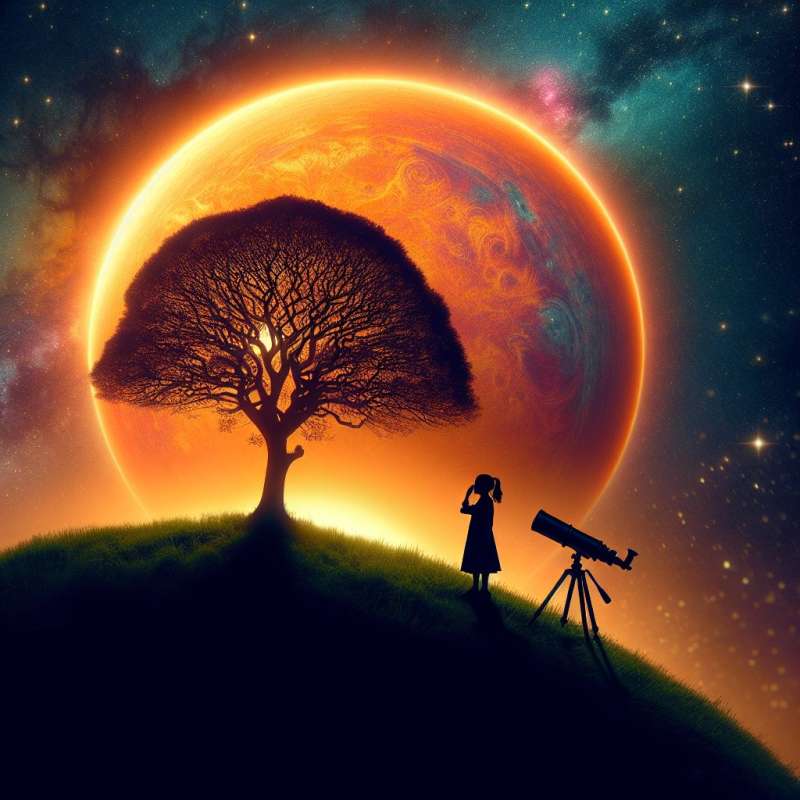
Stars: Nuclear Furnaces
Stars are cosmic energy engines, where nuclear fusion converts hydrogen into helium, releasing immense energy. This process powers the star and produces the light and heat we observe from Earth.
Diverse Stellar Lifespans
A star's mass determines its lifespan. Massive stars burn through their nuclear fuel quickly and may live for only a few million years. Smaller stars, like red dwarfs, can burn for trillions of years, outliving the current age of the universe.
Stellar Nurseries: Nebulae
Stars are born in nebulae, vast clouds of gas and dust. When parts of a nebula collapse under gravity, they heat up, leading to nuclear fusion. The famous Orion Nebula is a stellar nursery visible to the naked eye.
Supernovae: Starry Explosions
When large stars exhaust their fuel, they may explode in a supernova, outshining entire galaxies momentarily. Supernovae scatter elements throughout space, seeding future stars and planets with the building blocks for life.
Neutron Stars and Pulsars
After a supernova, a star's core may collapse into a neutron star, so dense that a sugar-cube-sized amount would weigh about a billion tons on Earth. Some neutron stars emit beams of radiation, observed as pulsars.
The Sun: Our Stellar Anchor
Our Sun, a relatively average star, is the gravitational center of our solar system. It's essential for life on Earth, yet it's only one of over 100 billion stars in the Milky Way galaxy alone.
Stargazing: Ancient Navigation
Humans have used stars for navigation and timekeeping for millennia. Polaris, the North Star, has remained a nearly constant celestial marker due to its alignment with Earth's axis, aiding navigators throughout history.Star Hearts Beat
Some stars, called Cepheids, pulsate in size, rhythmically expanding and contracting like cosmic heartbeats, altering their brightness periodically.
What powers stars' light and heat?
Chemical combustion
Nuclear fusion process
Gravitational force
Company